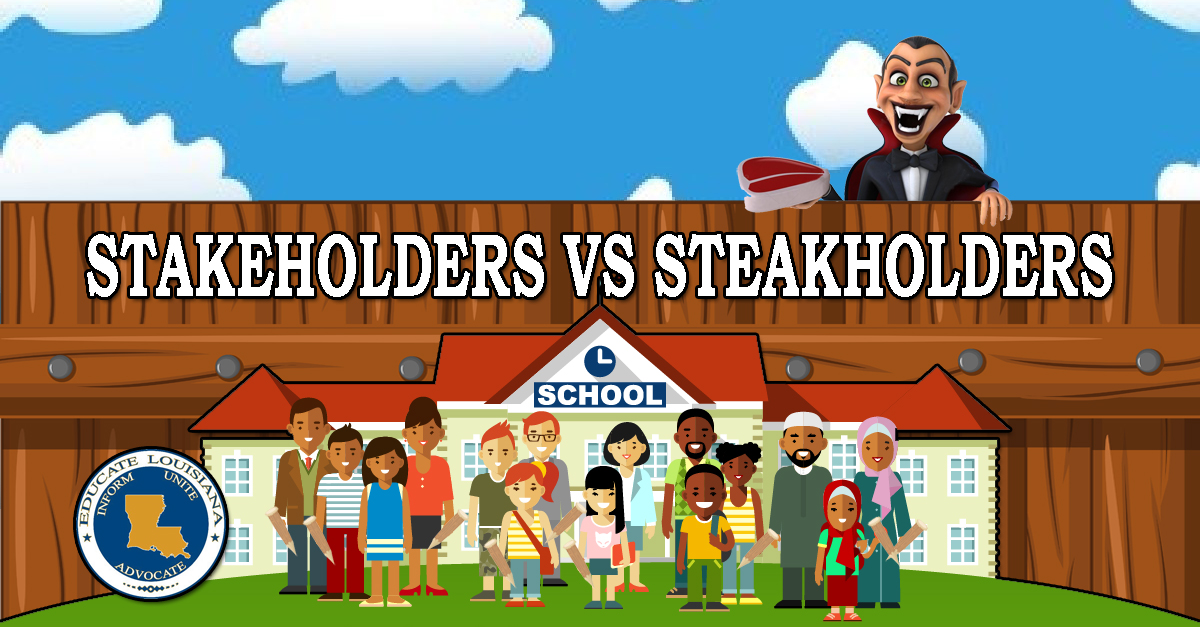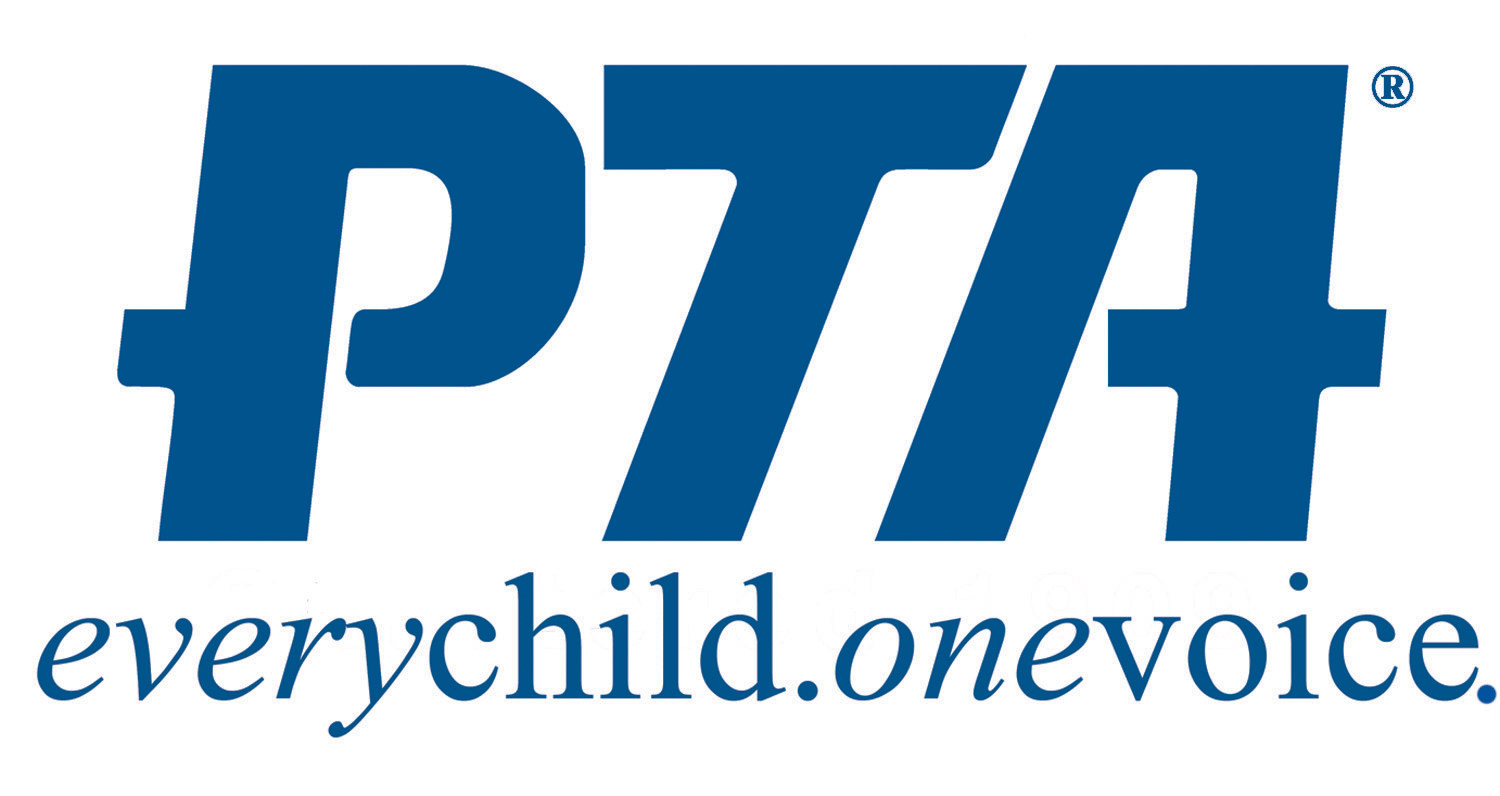
In the simplest terms, a “stakeholder” is one who is invested in that which is at risk. In the world of education, it refers to the people who stand to benefit from the success of our education system. That seems like a really broad statement, so I set out to try to find out when the term came to the forefront of education policy.
On January 8th, 2002, President George W. Bush (43) signed into law the No Child Left Behind Act. The legislation was in excess of 600 pages, and the result of a bipartisan effort to establish accountability for public education and a pathway toward improvement. The term “stakeholder” didn’t appear a single time. A few months later, in April, the Bush administration rolled out the “Reading First” program. Again, no mention of “stakeholders,” but by the time Barack Obama (44) took office, in 2009, the term started to appear in the guidelines and regulations. In September, the Obama administration released Number 6 of the Sustainability Series, Sustaining Reading First-Including Parents and the Community to Sustain Improved Reading Outcomes.
In this publication, emphasis was placed on the importance of support for children from the people who surround them and have a vested interest in their success. They even defined what a stakeholder is, and who can be one. Stakeholders are members of the following groups.

The publication goes on to differentiate between “internal” stakeholders and “external” stakeholders.

By the time President Obama signed the Race To The Top legislation, the use of the term “stakeholder” was common place, although it only appears in the final guidance nine times. As he was about to enter his final year as president, Obama signed the Every Student Succeeds Act (ESSA) into law. This time, the term appeared eleven times, but through the issuance of rules and regulations, the term appeared abundantly, throughout the literature.
 Because we hear this term used, almost daily, when involved in education, I wanted to provide a little background of its use. I also want to stress that in every publication that I reviewed, the emphasis was on “local” stakeholders as those who are vested in the success of students. In addition to the graphic shown above, the distinction between internal and external stakeholders was a recurring theme. Simply put, internal stakeholders are those who are actually engaged in the education system (ie. students, teachers, parents, principals, school boards, etc.). Internal stakeholders exist at both the local level, and the state level.
Because we hear this term used, almost daily, when involved in education, I wanted to provide a little background of its use. I also want to stress that in every publication that I reviewed, the emphasis was on “local” stakeholders as those who are vested in the success of students. In addition to the graphic shown above, the distinction between internal and external stakeholders was a recurring theme. Simply put, internal stakeholders are those who are actually engaged in the education system (ie. students, teachers, parents, principals, school boards, etc.). Internal stakeholders exist at both the local level, and the state level.
External stakeholders are those who have a vested interest in the system, but are not involved in the determination of how that success is met. They are generally there to provide support for whatever plan has been developed by the internal stakeholders. External stakeholders exist at the local level, and at the state level.
At both the local and state level, internal stakeholders can be individuals, or they can be organizations that represent a large number of individuals such as parent teacher organizations, teacher unions, professional organizations, principals associations, superintendents associations, school boards associations, etc. these organizations should be at the table determining what outcomes will be, and how to meet them.
 External stakeholders, at the local level can be both individuals and organizations. At the state level; however, they are usually chamber organizations, industry-specific organizations, family forums, etc.
External stakeholders, at the local level can be both individuals and organizations. At the state level; however, they are usually chamber organizations, industry-specific organizations, family forums, etc.
In Louisiana, we have a different classification of stakeholders that I like to refer to as “steakholders.” Growing up, it was understood that “having a steak dinner” was equated with having money, or being “well-off.” These are the organizations, while they may hire local people to serve as the face of the organization, have no roots in the education system of Louisiana. They are funded by out of state billionaires and family foundations. They are external-external steakholders, and in reality, have no stake in the game. If you consider that steakholders, combined with state-level external stakeholders, are in control of the education agenda in Louisiana, you’ll find that the actual internal stakeholders of Louisiana, those who actually serve the system, have no control over its path. That is a backwards state of affairs.
It’s hard not to visualize the real stakeholders of Louisiana standing in unity with wooden stakes, fully prepared to defend their schools against blood-sucking steakholders. It’s time for our legislature to define what a stakeholder is in Louisiana. We should not allow 501(c)(4) organizations (Social Welfare Organizations) to participate in commissions, task forces, advisory committees, etc., unless their board of directors is comprised entirely of Louisiana residents, and their revenue originates in Louisiana.


